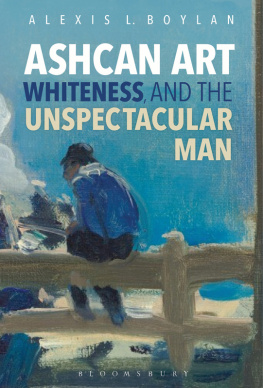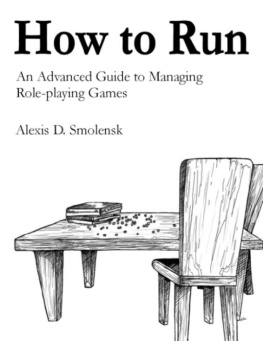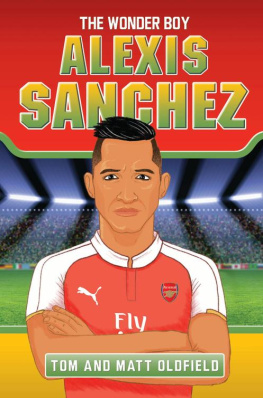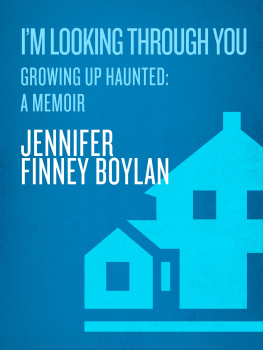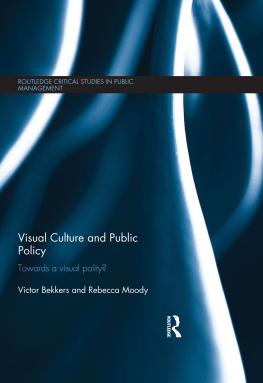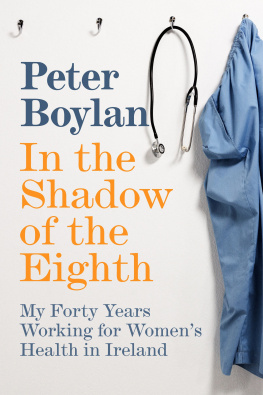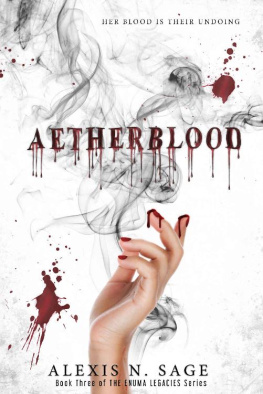Alexis L. Boylan - Visual Culture
Here you can read online Alexis L. Boylan - Visual Culture full text of the book (entire story) in english for free. Download pdf and epub, get meaning, cover and reviews about this ebook. year: 2020, publisher: MIT Press, genre: Romance novel. Description of the work, (preface) as well as reviews are available. Best literature library LitArk.com created for fans of good reading and offers a wide selection of genres:
Romance novel
Science fiction
Adventure
Detective
Science
History
Home and family
Prose
Art
Politics
Computer
Non-fiction
Religion
Business
Children
Humor
Choose a favorite category and find really read worthwhile books. Enjoy immersion in the world of imagination, feel the emotions of the characters or learn something new for yourself, make an fascinating discovery.

- Book:Visual Culture
- Author:
- Publisher:MIT Press
- Genre:
- Year:2020
- Rating:5 / 5
- Favourites:Add to favourites
- Your mark:
- 100
- 1
- 2
- 3
- 4
- 5
Visual Culture: summary, description and annotation
We offer to read an annotation, description, summary or preface (depends on what the author of the book "Visual Culture" wrote himself). If you haven't found the necessary information about the book — write in the comments, we will try to find it.
Visual Culture — read online for free the complete book (whole text) full work
Below is the text of the book, divided by pages. System saving the place of the last page read, allows you to conveniently read the book "Visual Culture" online for free, without having to search again every time where you left off. Put a bookmark, and you can go to the page where you finished reading at any time.
Font size:
Interval:
Bookmark:
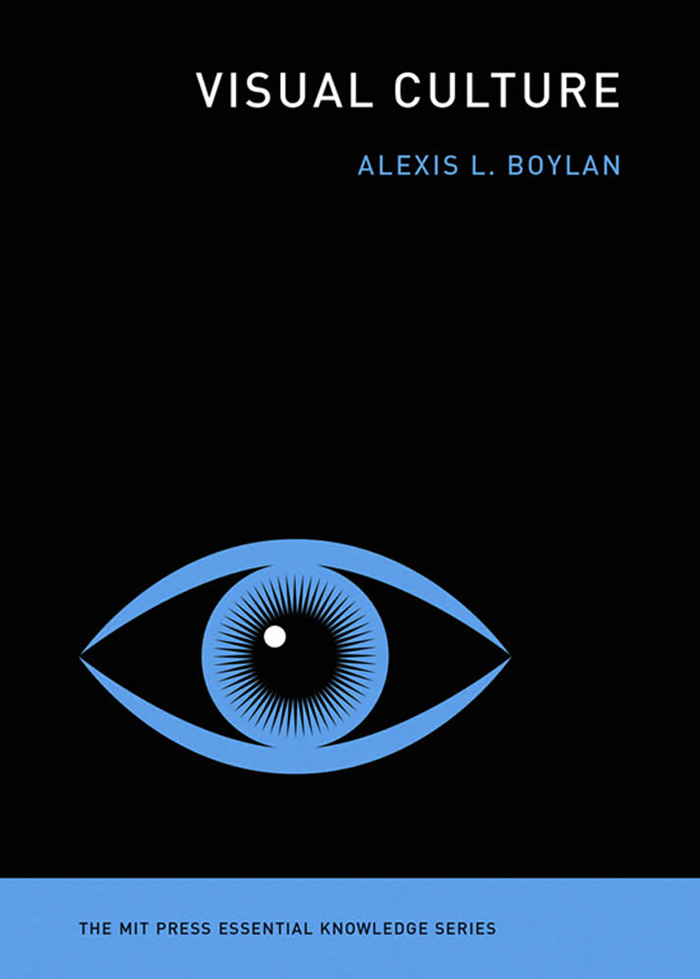
The MIT Press Essential Knowledge Series
A complete list of the titles in this series appears at the back of this book.
Alexis L. Boylan
The MIT Press | Cambridge, Massachusetts | London, England
2020 Massachusetts Institute of Technology
All rights reserved. No part of this book may be reproduced in any form by any electronic or mechanical means (including photocopying, recording, or information storage and retrieval) without permission in writing from the publisher.
This book was set in Chaparral Pro by New Best-set Typesetters Ltd.
Library of Congress Cataloging-in-Publication Data
Names: Boylan, Alexis L., author.
Title: Visual culture / Alexis L. Boylan.
Description: Cambridge, Massachusetts : The MIT Press, [2020] | Series: The MIT Press essential knowledge series | Includes bibliographical references and index.
Identifiers: LCCN 2019058448 | ISBN 9780262539364 (paperback)
Subjects: LCSH: Art and society.
Classification: LCC N72.S6 B595 2020 | DDC 701/.03dc23
LC record available at https://lccn.loc.gov/2019058448
10 9 8 7 6 5 4 3 2 1
d_r0
The MIT Press Essential Knowledge series offers accessible, concise, beautifully produced pocket-size books on topics of current interest. Written by leading thinkers, the books in this series deliver expert overviews of subjects that range from the cultural and the historical to the scientific and the technical.
In todays era of instant information gratification, we have ready access to opinions, rationalizations, and superficial descriptions. Much harder to come by is the foundational knowledge that informs a principled understanding of the world. Essential Knowledge books fill that need. Synthesizing specialized subject matter for nonspecialists and engaging critical topics through fundamentals, each of these compact volumes offers readers a point of access to complex ideas.
To begin, the most profound and heartfelt thanks to Victoria Hindley for finding me. Then, after she found me, she was impossibly inspiring and challenging. Her vision, generosity, and kindness are epic, and I feel very lucky to have circled into her orbit. Thank you.
Brilliant, inspired colleagues and friends listened, read, offered ideas, and aided every page; they include Betsy Athens, Viola Augustin, Matthew Baigell, Thomas Baione, Deirdre Bair, Brian Bishop, Anna Mae Duane, Jonathan Entis, Anke Finger, Robin Greeley, Susan Herbst, Kathy Knapp, Bill McCarty, Adam McGee, Michael Orwicz, Melina Pappademos, Janet Pritchard, Mai Reitmeyer, Rebecca Segal, Christine Sylvester, Martina Tanga, Scott Wallace, and Edvin Yegir. Great thanks are also owed to the whole UConn Humanities Institute teamNasya Al-Saidy, Yohei Igarashi, Michael P. Lynch, Siavash Samei, and Jo-Ann Waidewho gave me precious time and space to write, encouraged me, and generally helped lighten the load in crucial moments. Thank you again. Additionally, the team at MIT made writing this book a dream; special thanks to Matthew Abbate and Gabriela Bueno Gibbs who are both so dreamy and so talented.
Crucial support, humor, and goodwill were provided by James Ouellette and Melanie Chebro. I would also like to thank the Inter-Library Loan team at UConn and then the librarians at the Cambridge Public LibraryCentral Square Branch. Nothing would have happened without their help. Thanks too for the time and thoughtfulness of the outside reviewers of this book, including Lisa Cartwright. Their time and thoughtful engagement are deeply appreciated, and hopefully they can read their improvements throughout the text. Several artists and scholars extended great generosity in allowing their work to be shown in this book, including Morehshin Allahyari, Brian Bishop, Han Seok Hyun, Valerie Hegarty, Jacqui Kenny, Emilio Madrid-Kuser, Emily Moore, Jennifer Steinkamp, and Scott Wallace. It is an honor to share space with your images.
Funding that supported this books illustrations and other materials was provided through research support from Dean Anne DAlleva, School of Fine Arts, Dean Juli Wade, former Dean Davita Silfen Glasberg, and Associate Dean Cathy Schlund-Vials, all of the College of Liberal Arts and Sciences, and from the Office of the Provost, University of Connecticut. Their collective advocacy of scholarship in the arts and humanities is deeply valued. Many thanks.
Ethan Seidman again helped me focus on what is important. Thank you. I owe a great debt to my colleague and friend Kelly Dennis who helped in editing the book, making it infinitely better. Thanks to my family (including Busy) for their support, love, and patience. Gabe Boylan lovingly read, argued, and pushed me to be smarter and bolder, a task he has done in this book but also in life and for which I am endlessly grateful.
Finally, all the lovefar beyond what the eye can seeto Micki McElya.
Naivet is often the excuse for those who exercise power. For those upon whom that power is exercised, naivet is always a mistake.
Michel-Rolph Trouillot
Pink or blue? Animals or abstract patterns? Overstuffed or austere?
The various hopes, traps, anticipations, and anxieties of the visual are perhaps most obviously apparent in Western baby instruction manuals and parenting books. These booksreally all parenting advice, especially in the United Statesare the great tells of any community and neatly capture its pressure points, dreams, aspirations, and fears, which have little to do with babies and everything to do with the adults around them.
Visual environments are very important in contemporary parenting books. To have a mobile or not, the number of stuffed animals, what colors, what shapesall become codes for:
- I love my child.
- I want them to be successful.
- I can soothe, shape, and protect them.
Above all, I can make them be like me.
For newborns, parents are encouraged to create the perfect balance of colorful and engaging, though not too stimulating, or the baby will never sleep. As the babies grow, parents are counseled that toddlers need bold colors; blue and green can calm whereas red and orange will excite the imaginationbut might also be agitating. White is soothing, but may also seem clinical. Accents can helpbut be careful, not too much!
And then there is gender. Blue in modern commercial culture has been associated with boys and male energy, while pink has been associated with girls and the feminine. This is often one of the first community and family decisions new parents make: do they capitulate to these traditional gendered visual schemes, or steer clear of them with theoretically gender-neutral colors like green and yellow? What if friends or family give their child gender-specific clothes or toys, or pictures to hang on the walls? Maybe it will hurt, maybe it will punish the child and undermine their self-esteem, or maybe it will be meaningless, lost, and quickly forgotten. Surely there are bigger, more pressing issues at hand; but its your childs development, identity, and wellbeing on the line. These crucial and fundamental moments could start them down a path of pain. Visual culture is frivolous, trivial, indulgent, even incidental, until it is life-altering, traumatizing, violent, and deadly.
As the toddler becomes a child and then a teenager, each stage is curated with color and design, shifting the visual environment. Older children are aged out of pastels and promoted to primary colors. Why? Who made these visual rules? When, exactly, does a child grow into navy or maroon? What is the rationale behind that transition, and how does a parent know when to make it? Shouldnt there be bigger concerns? By the same token, there are seldom babies dressed in all black, tucked into a black crib, snuggled into black blankets. In Western cultures this would seem ghoulish, too much association with death and darkness and other qualities deemed at odds with how children should be.
Next pageFont size:
Interval:
Bookmark:
Similar books «Visual Culture»
Look at similar books to Visual Culture. We have selected literature similar in name and meaning in the hope of providing readers with more options to find new, interesting, not yet read works.
Discussion, reviews of the book Visual Culture and just readers' own opinions. Leave your comments, write what you think about the work, its meaning or the main characters. Specify what exactly you liked and what you didn't like, and why you think so.

